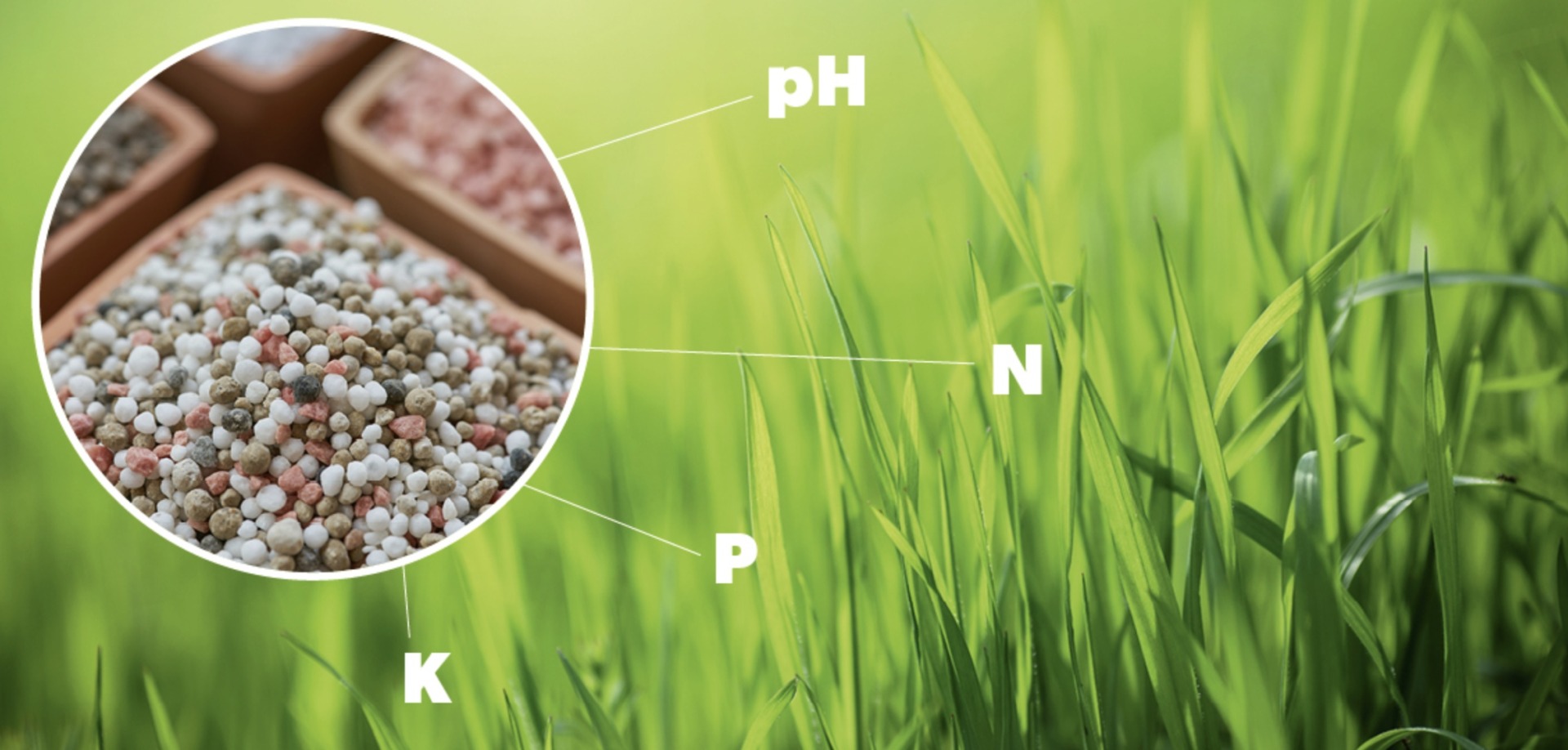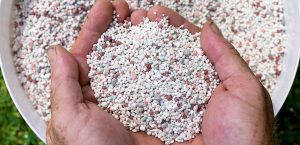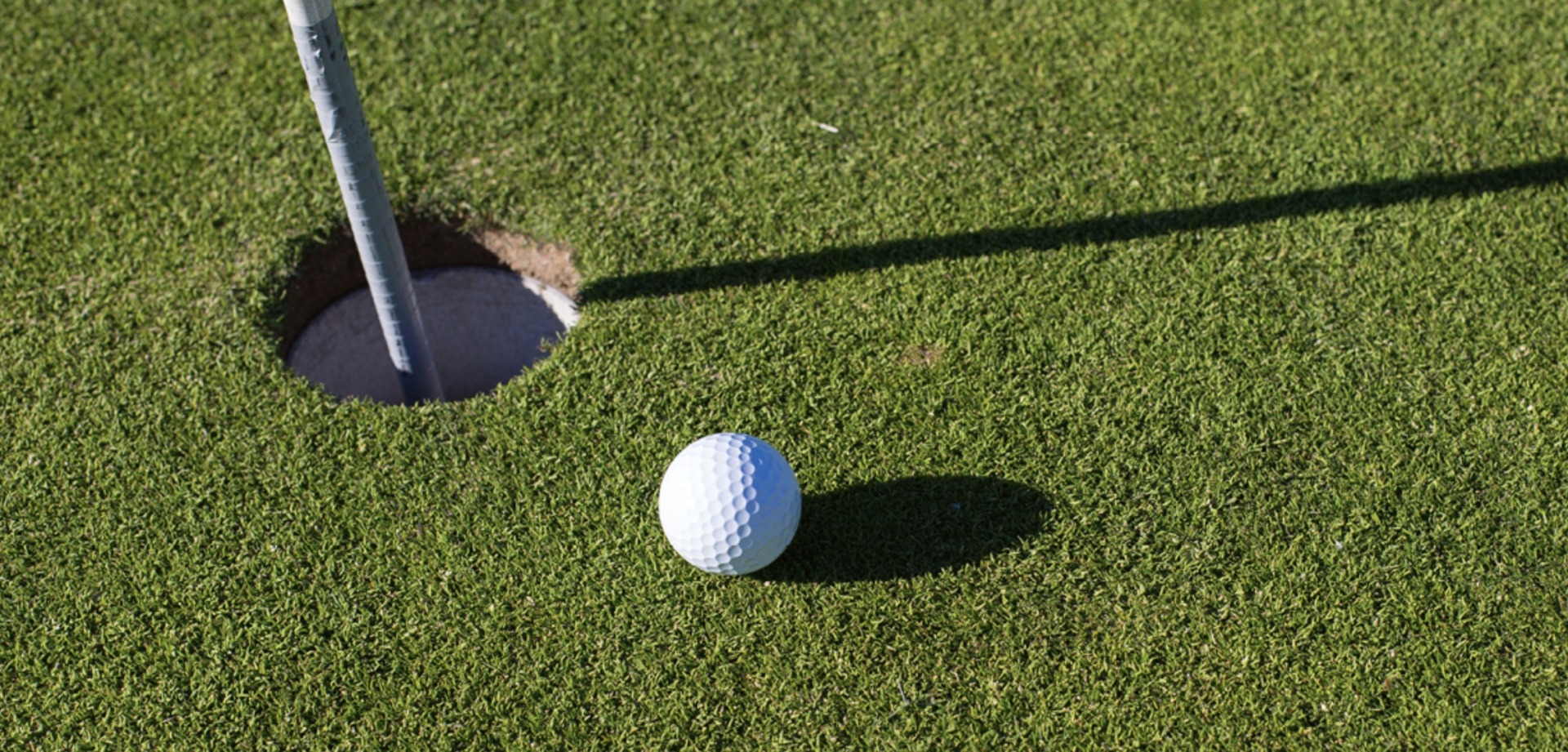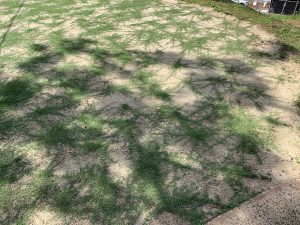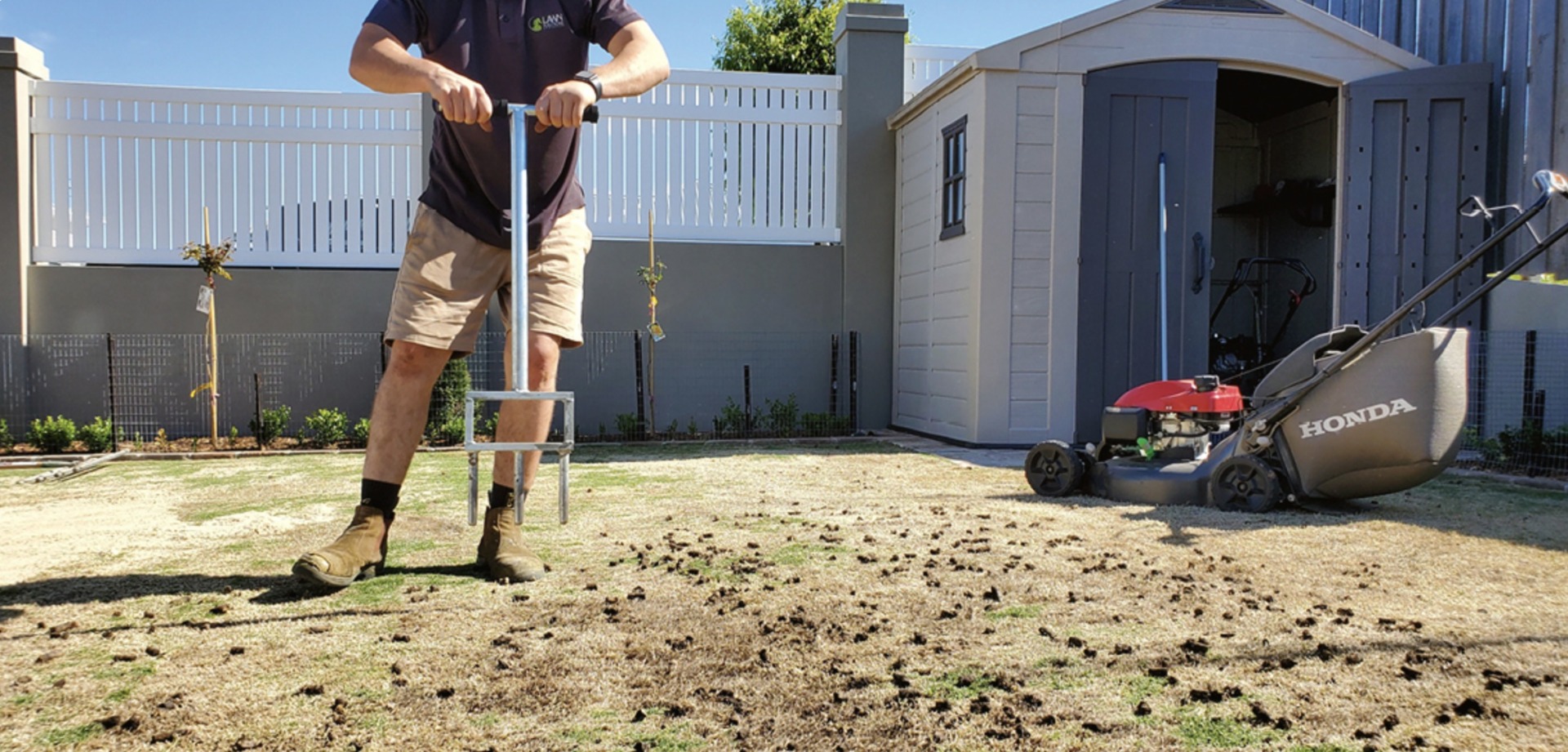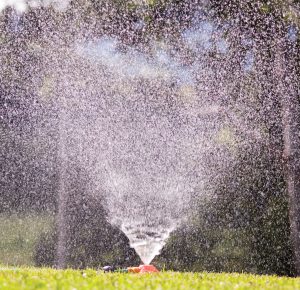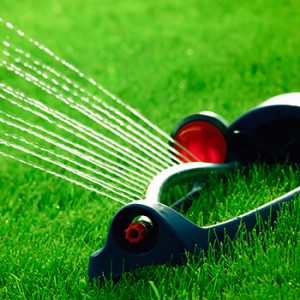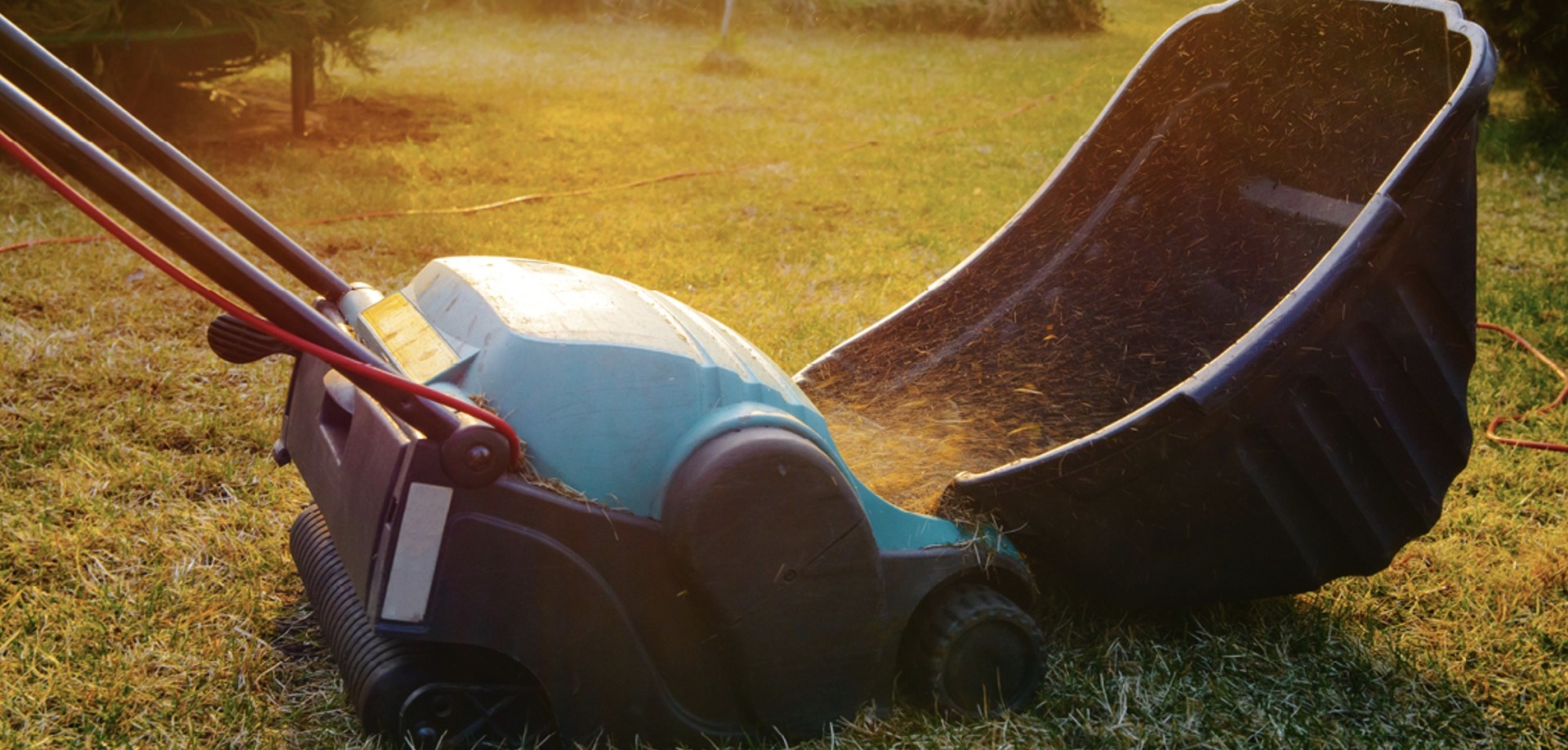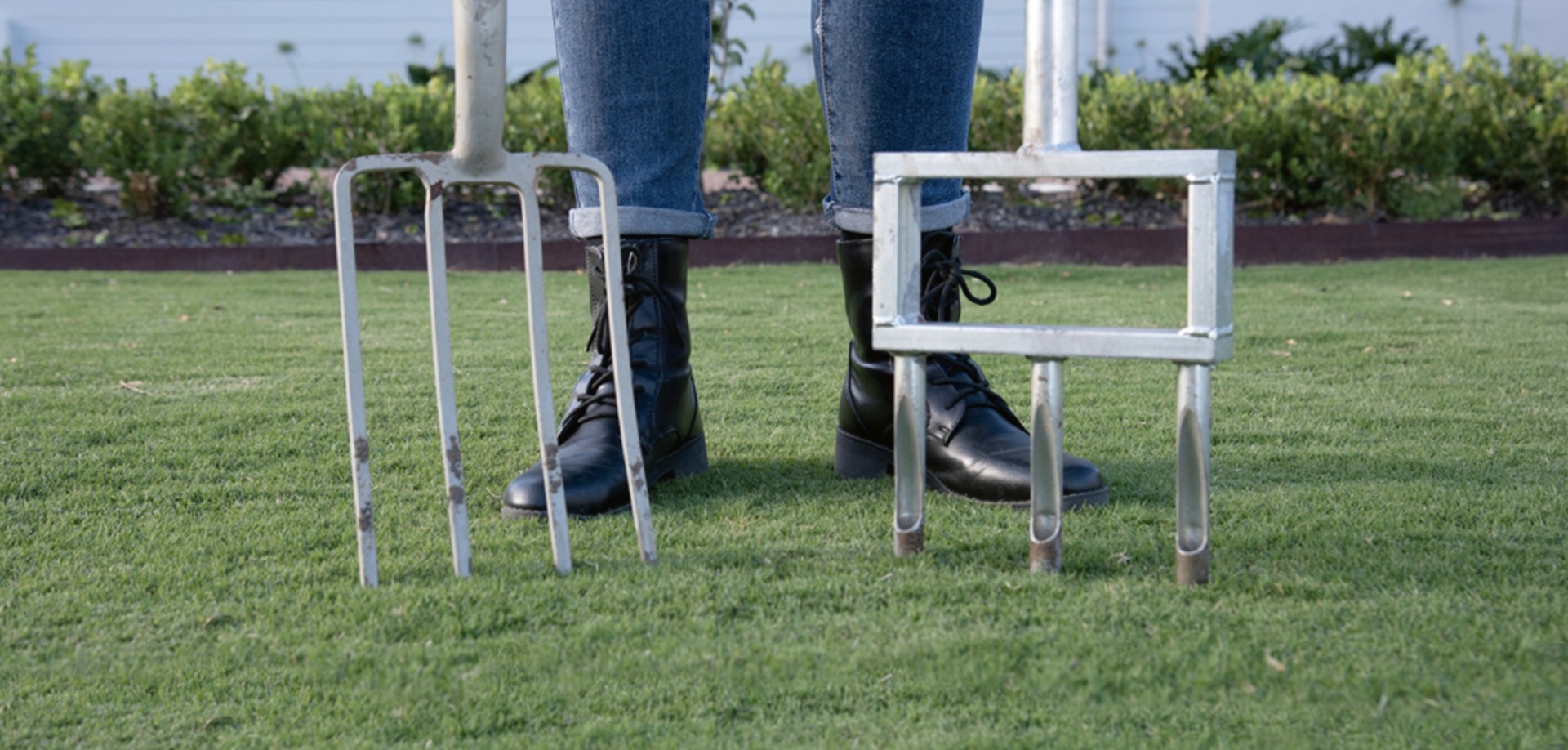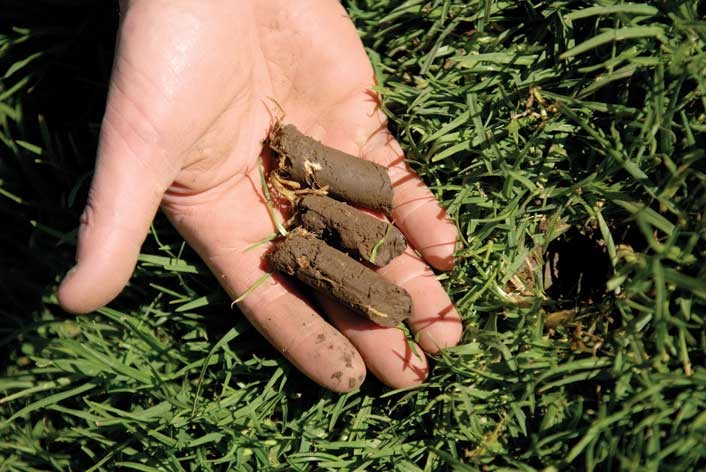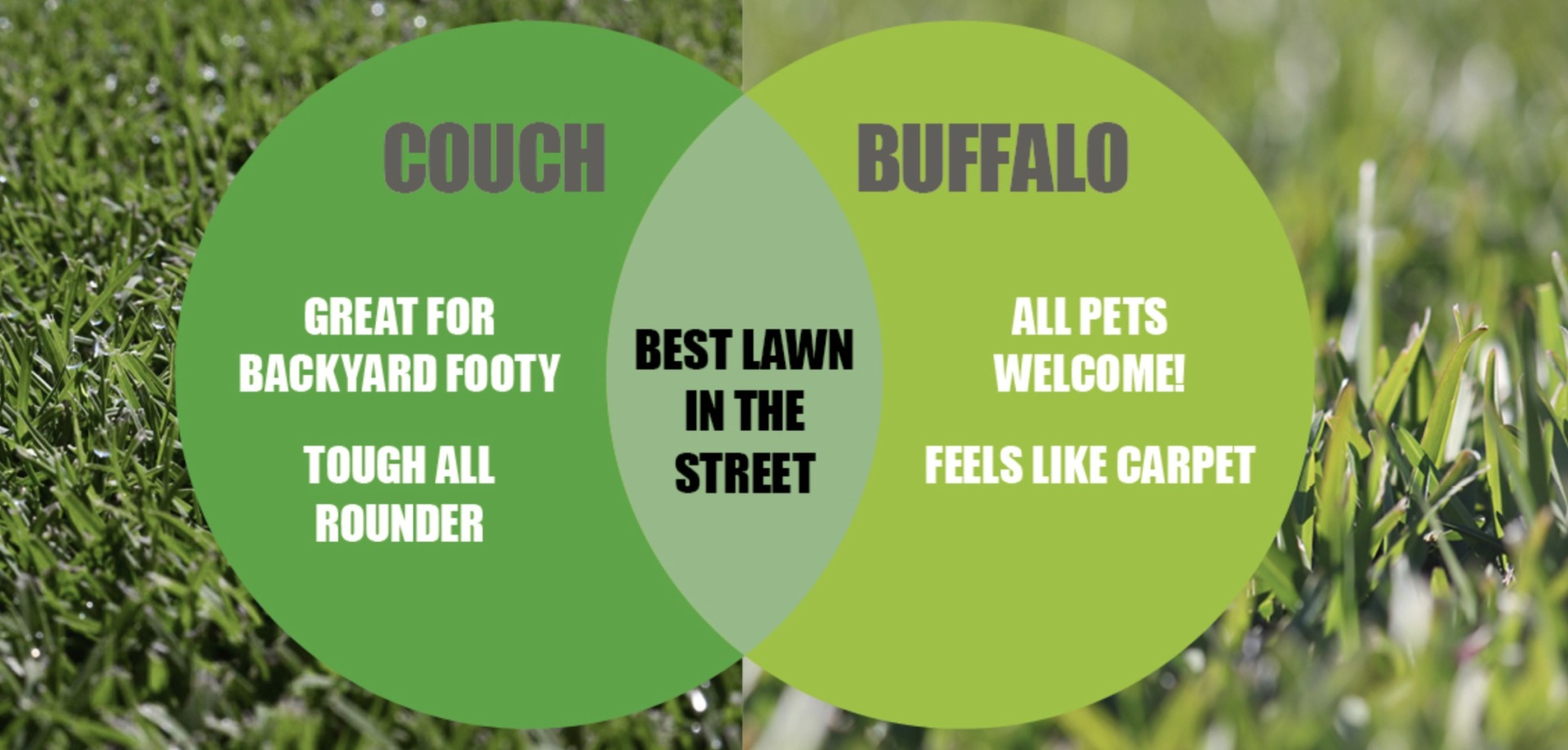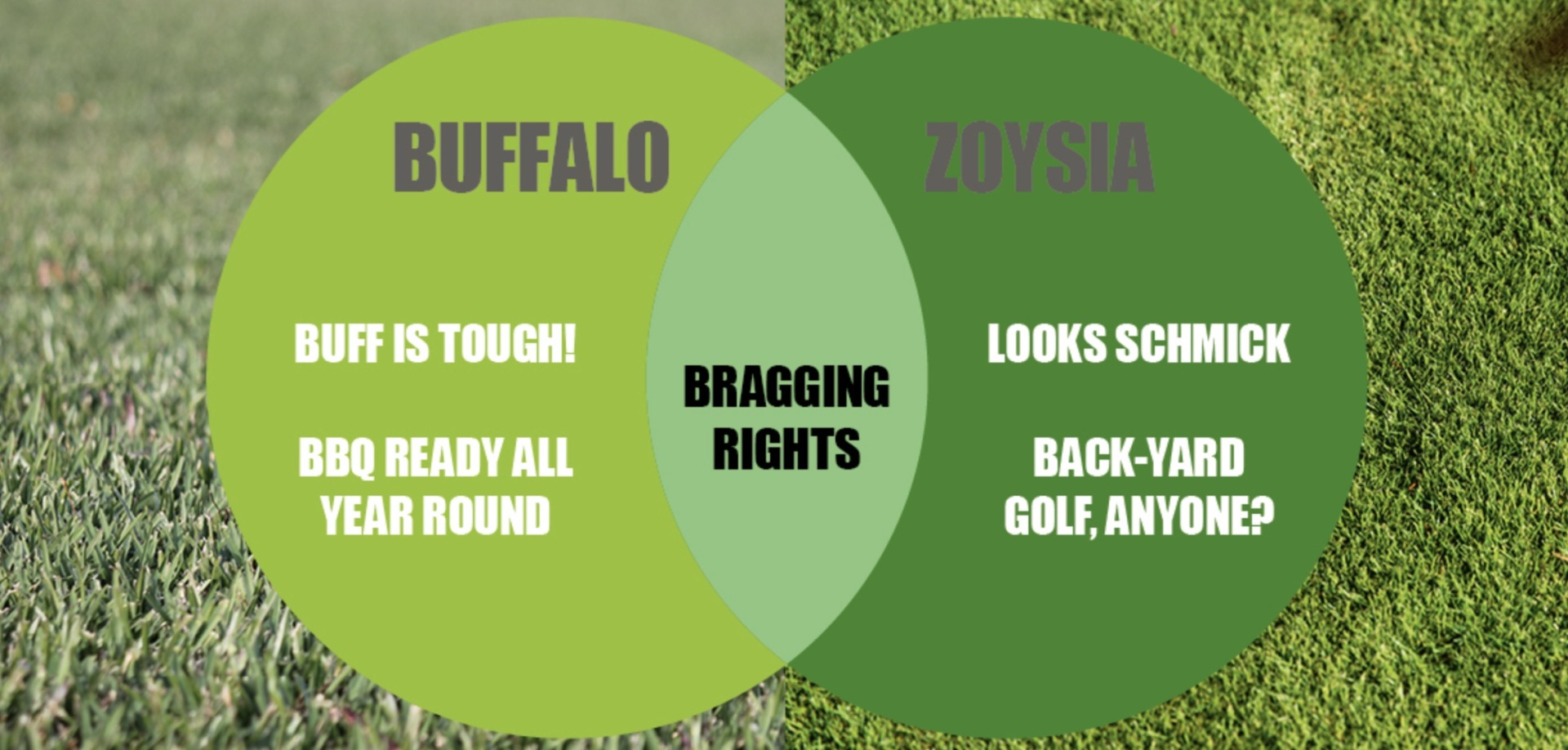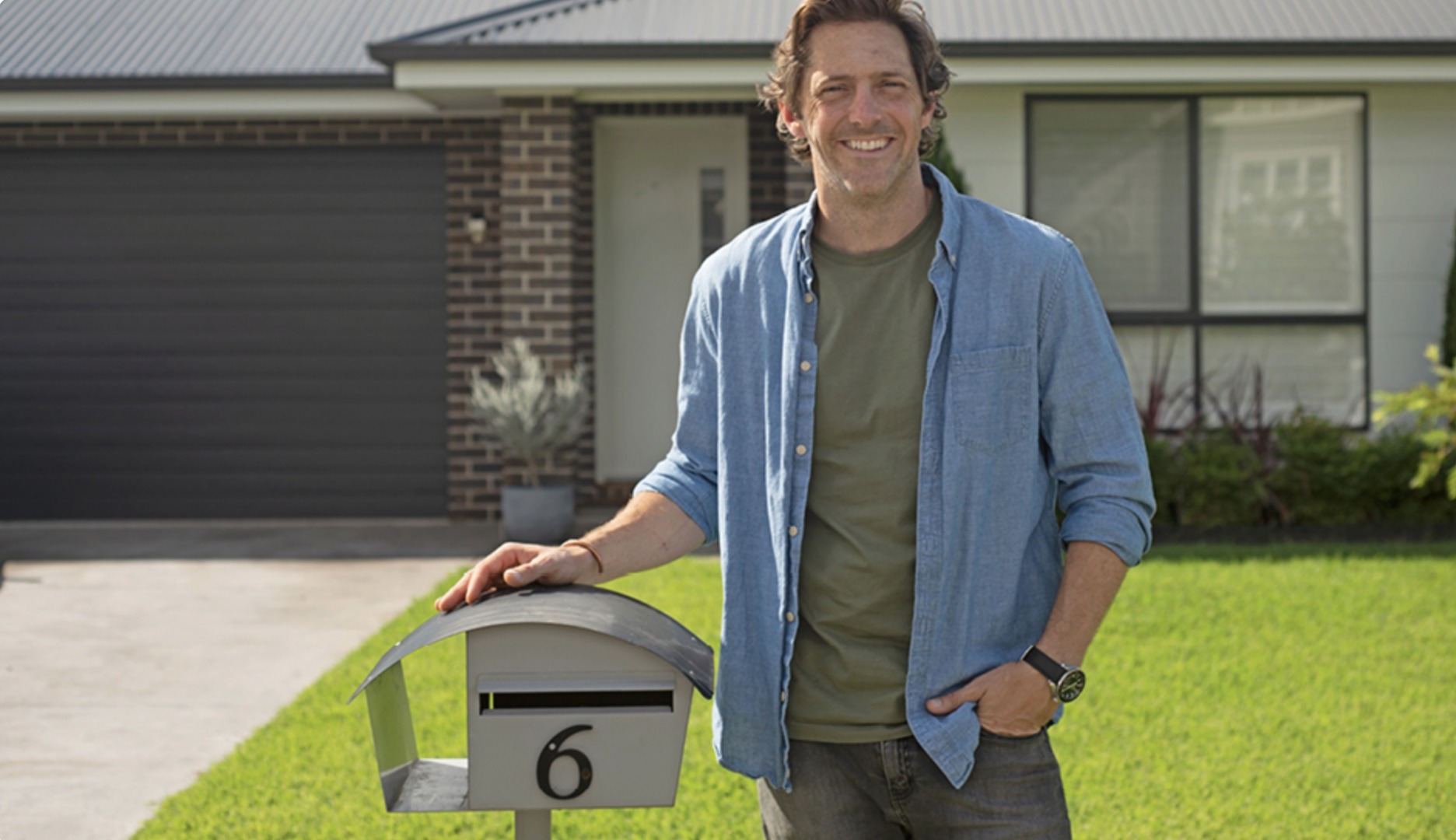Sir Walter DNA Certified Buffalo lawns have played an important role in over 1,000,000 Aussie backyards. The household name has stood the test of time, continuing to be one of the best choices for Australian homes. This grass has thrived in the Australian climate with its drought tolerance, low maintenance, soft touch, and high wear.
But where did Sir Walter DNA Certified come from? Let’s find out…
The Sir Walter Story
Brent Redman is a second-generation turf farmer from here in the Hunter Valley, NSW, and is the owner of Buchanan Turf Supplies. Brent began turf cutting in the late 70’s. By the mid-80’s he had purchased 20 acres here in the rich river flats of Maitland.
At the time buffalo was just buffalo and Brent ended up trialling 5 different varieties within a 2-acre plot.
Many turf farmers were having struggles with their buffalo, but Brent realised he was not facing these same troubles with one of the buffalo varieties he had growing on his farm and offered some samples to trial for their farms.
As this buffalo continued to grow on Brent’s farm, a small area was found to be growing which was even better, maintaining a greener winter colour, a healthier root system and it was taking over the existing buffalo.
Brent noticed the potential of this new variety and began propagating the grass to protect the purity and integrity of the variety. A variety which would soon become known as Sir Walter.

Where did the Sir Walter name come from?
This grass was named to reflect the qualities that the grass possesses. Initially the acronym ‘WALT’ was created, standing for ‘Winter Active, Low Thatch’.
It was also decided to add a reference to the significant environmental benefits of the grass, with the addition of the ER for ‘Environmentally Responsible’.
A grass this good needed to be anointed, with a symbolic ‘knighting’ and the Sir prefix added to honour the exceptional qualities of the grass.
S I R
W inter
A ctive
L ow
T hatch
E nvironmentally
R esponsible
The rest is history as they say, with it being expanded and produced right across Australia. Sir Walter today is an ‘Iconically Aussie’ brand and is undoubtedly the most successful commercial turf variety in Australian history.
As a result of this success deception and substitution by competitors has occurred. Many varieties over the years have claimed to be ‘just like’, ‘same as’ or ‘bred from’.
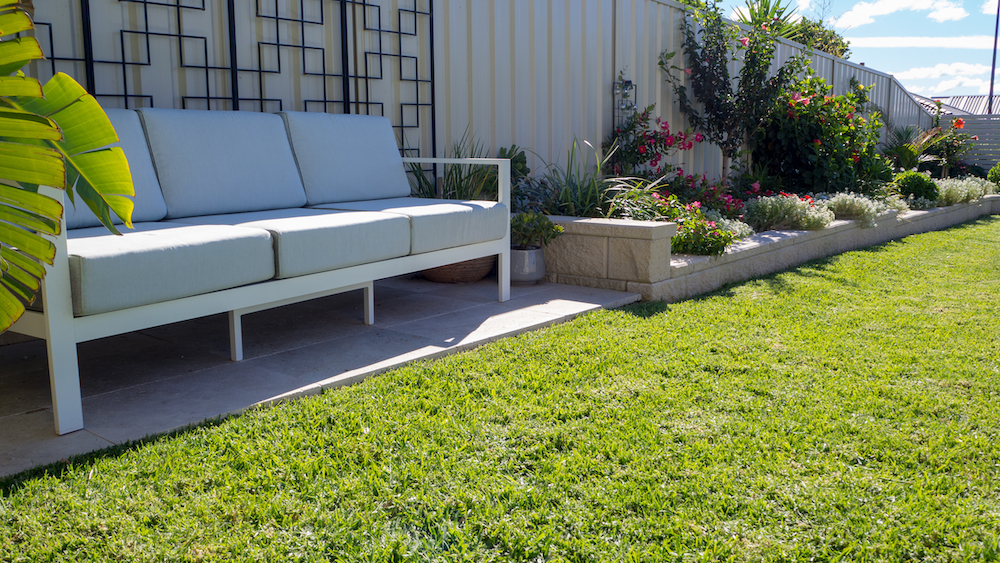
How do I know the Sir Walter I am buying is genuine?
Sir Walter supplied by accredited and licensed suppliers is now known as Sir Walter DNA Certified. This extension of the name was developed to provide the assurance to consumers that the Sir Walter they are buying is DNA tested.
This turf matches the original breeder Sir Walter plant material bred at Brent Redmans farm developed over 20 years ago. Only Lawn Solutions Australia turf producers can provide this ‘Original Breeder’ guarantee.
If you want genuine Sir Walter, validated by DNA testing, look for Sir Walter DNA Certified from accredited suppliers with the Original Breeder Guarantee from Mr Redman.
As always, if you have any more questions please don’t hesitate to contact us for free expert advice on 1800ALLTURF (1800255873) or 07 5543 8304.

